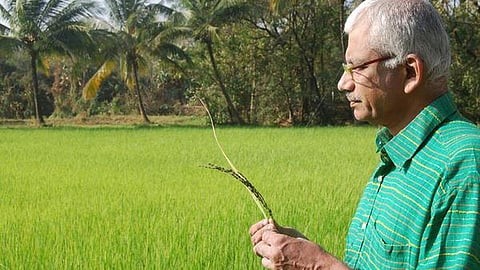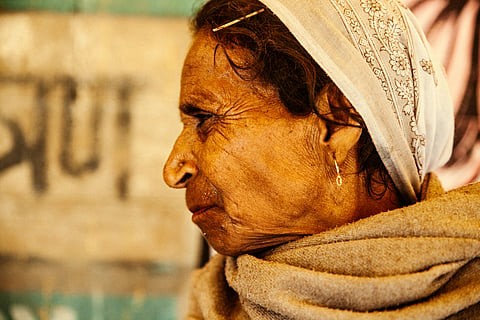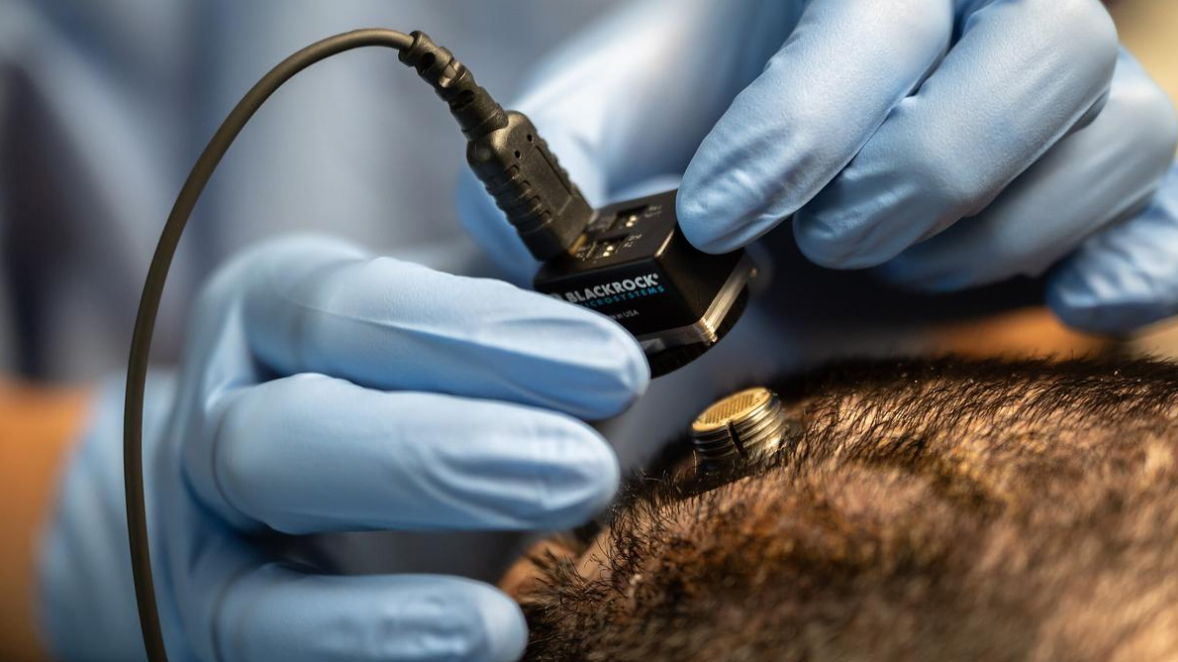



World Chagas Disease Day, observed on April 14, raises awareness about Chagas disease, a silent but potentially deadly illness caused by the Trypanosoma cruzi parasite. The 2025 theme, “Prevent, Control, Care,” urges global cooperation for early diagnosis, treatment, and support to protect millions, especially in Latin America and beyond.

Copyright infringement not intended
World Chagas Disease Day 2025 highlights the global effort to prevent, control, and care for those affected by this disease.
World Chagas Disease Day is observed every year on April 14, to raise awareness about Chagas disease, which is a serious health problem for millions of people around the world.
In 2025, the theme is “Prevent, Control, Care: Everyone’s Role in Chagas Disease.” This theme encourages everyone—governments, doctors, and communities—to work together to stop the spread of the disease, treat those who are sick, and care for affected people.
The day was first celebrated in 2020. The day was established in 2019 by the 72nd World Health Assembly.
Chagas disease, also known as American trypanosomiasis, is a parasitic disease caused by the parasite Trypanosoma cruzi. This parasite spreads to humans mainly through bugs called triatomine bugs, which are also known as “kissing bugs.” These bugs bite people, usually at night, and leave behind infected feces that carry the parasite. When a person scratches the bite area, the parasite enters their body.
It can also spread through blood transfusions, organ transplants, from mother to child during pregnancy, and sometimes through contaminated food or laboratory accidents. Once someone gets infected, the disease can stay hidden in their body for years without showing symptoms. That’s why it’s called a “silent disease.” However, if left untreated, it can become life-threatening.
It is most common in Latin America, where it is considered endemic in 21 countries. But because of migration, it’s now being detected in places like the United States, Europe, and other regions.
Treatment
Chagas disease treatment aims to eliminate the parasite and manage symptoms, The primary medications used are benznidazole and nifurtimox, which are effective when administered early. However, they may not be as effective in the chronic phase and may not completely reverse long-term complications.
Source:
|
PRACTICE QUESTION Q. In the question given below, there are two statements marked as Assertion (A) and Reason (R). Mark your answer as per the codes provided: Assertion (A): Chagas disease affects the cardiovascular system in its chronic phase, leading to cardiomyopathy. Reason (R): Trypanosoma cruzi invades cardiac myocytes, causing inflammation over time. Which of the options given below is correct? A) Both A and R are true, and R is the correct explanation for A. B) Both A and R are true, but R is not the correct explanation for A. C) A is true, but R is false. D) A is false, but R is true. Answer: A Explanation: Assertion (A) is true: Chagas disease is known to affect the cardiovascular system in its chronic phase, frequently leading to the development of Chagas cardiomyopathy. Reason (R) is true: Trypanosoma cruzi, the parasite that causes Chagas disease, does invade cardiac myocytes (heart muscle cells). This invasion triggers an inflammatory response by the body's immune system. Over time, this chronic inflammation leads to fibrosis (scarring) and damage of the heart muscle, which is the underlying cause of Chagas cardiomyopathy. The reason provided accurately explains why Chagas disease affects the cardiovascular system and leads to cardiomyopathy in its chronic phase. |






© 2025 iasgyan. All right reserved